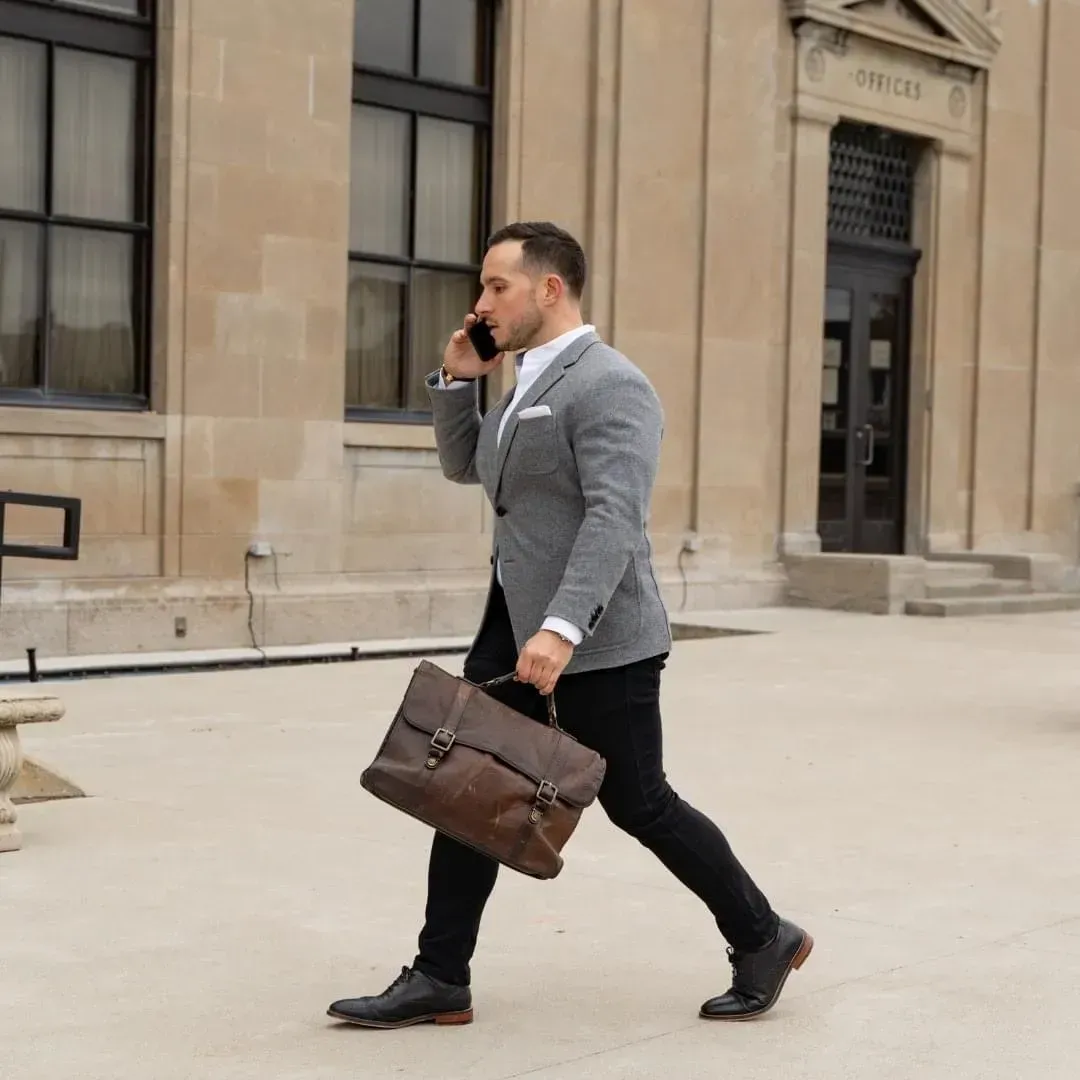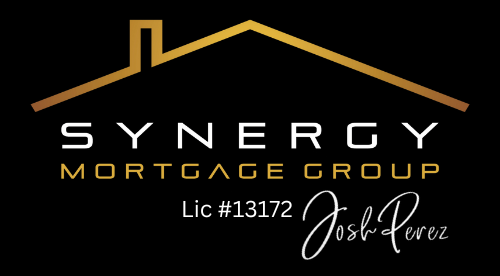You can't be a one-trick pony. You have to evolve and adapt, to learn new strategies and pivot.
Here's the truth. It's easy to have success in real estate when interest rates are sitting at 1% or 2%. New builds generate a couple of hundred thousand dollars before you even pick up the keys. BRRRR and flip projects are hitting record valuations. But what are you doing right now when things are tougher and your plan isn't working out? You can't be a one-trick pony. You have to evolve, adapt, learn new strategies, and pivot.
You can't be a one-trick pony. You have to evolve and adapt, to learn new strategies
and pivot.
Remember the Purpose
Why did we get into this? To be the Crown Prince of BRRRRing or the New Build Guru? These titles are just distractions. The real purpose is to help build wealth for you and your family. That goal won't always be achieved in the same way, especially when market conditions change.
My Pivot Strategy
Over the past couple of years, I've been looking at markets outside of my backyard—places like Aylmer and Clinton in Ontario, Alberta, and Florida. I've decided to go all-in on multifamily real estate because it unlocks access to the best financing programs available right now. This shift is crucial to maintaining the fundamentals of real estate and creating a pathway to cash flow.
Teaming Up for Success
To pursue these capital-intensive projects, I had to stop going at it alone and start partnering with others. This collaboration is essential when you're pivoting; it might slow you down initially, but it allows for more comprehensive growth in the long run. Building these connections and forming a new power team in the multifamily space requires time, effort, and a willingness to learn.
Embrace Change
Don't wait for conditions to change; you need to change. Success in real estate isn't just about thriving in favorable conditions—it's about adapting and evolving when times are tough. By expanding into new markets, focusing on multifamily properties, and partnering with others, I'm working towards sustainable wealth for my family and me. And so can you.
Let's not get caught up in titles or past successes. Instead, let's stay focused on the ultimate goal: building lasting wealth.





